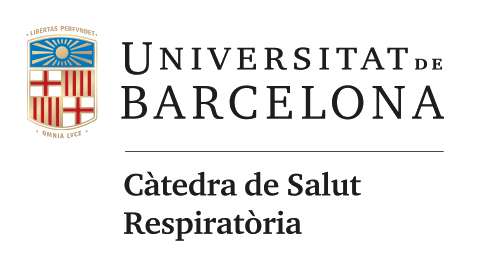Impact of Ex Vivo Lung Perfusion System on the Lung Microbiome
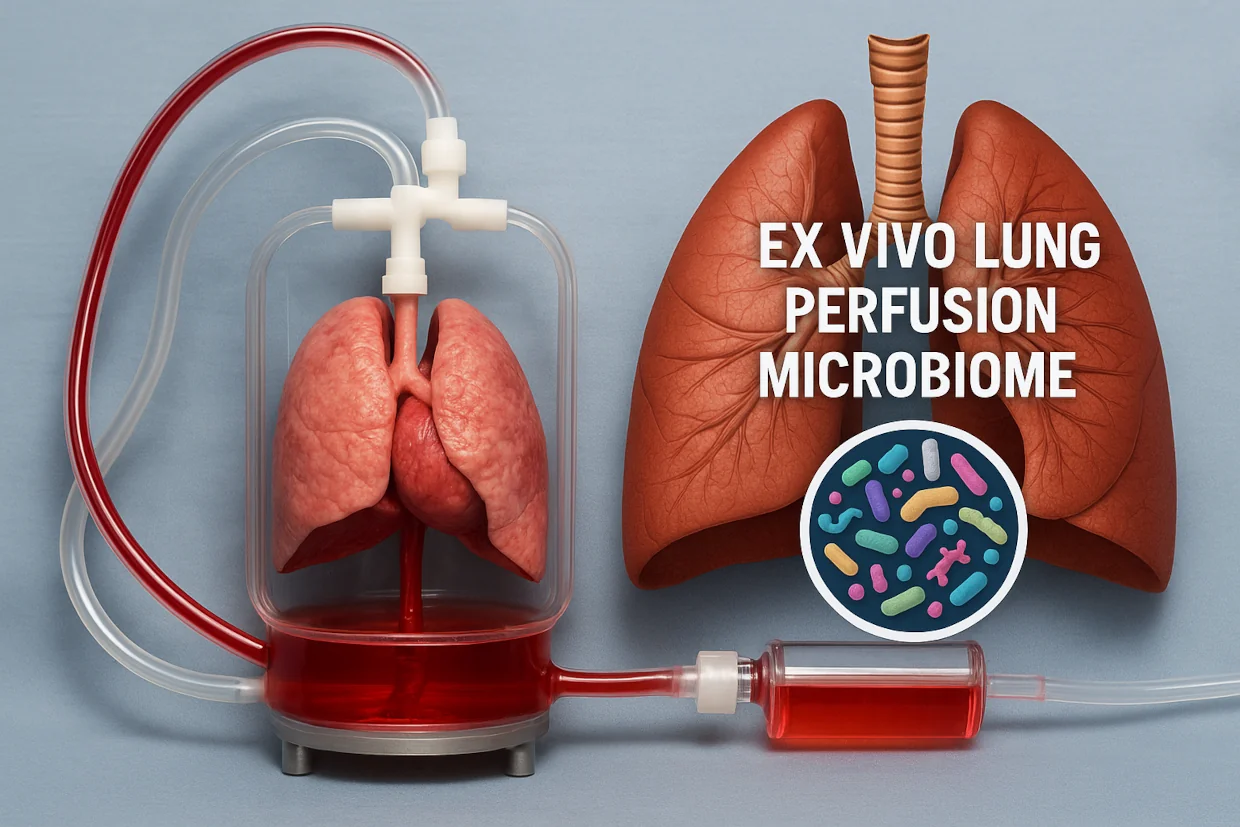
Ex Vivo Lung Perfusion Microbiome: Pulmonary Microbiome and Graft Dysfunction Risk
Alterations in the composition and diversity of the pulmonary microbiome have been linked to abnormal immune responses and persistent inflammation, contributing to the development of acute and chronic respiratory conditions.
Notably, dysbiosis, particularly a disrupted Prevotella/Streptococcus ratio, has been associated with severe primary graft dysfunction (PGD) following lung transplantation.
EVLP: A Controlled Platform to Study Lung Microbial Dynamics
Ex-vivo lung perfusion (EVLP) offers a valuable platform for the evaluation, optimization, and repair of donor lungs before transplantation.
Although EVLP is performed under sterile conditions with antibiotic infusion and Steen solution, and temperature changes during perfusion may induce significant alterations in the lung microbiome, these dynamic changes remain underexplored.
Study Design and Microbial Assessment Methods
This pilot, prospective, controlled study was carried out in two Spanish donor centers and included six organ donors: both after brain death (DBD) and controlled cardiac death (cDCD).
Following standardized retrieval, the left lung was preserved through cold storage, while the right lung underwent perfusion using the EVLP system for three hours.
Bronchoalveolar lavage samples, perfusion and transport liquid, as well as lung biopsies, were collected from both lungs before and after EVLP or cold storage to assess microbiome composition and the inflammatory response.
Microbiome Sequencing and Gene Expression Profiling
Bacterial DNA was analyzed via amplification of the V4 hypervariable region of the 16S rRNA gene using PCR.
The resulting reads were processed to generate an amplicon sequence variant table and taxonomy was assigned using the SILVA 16S rRNA database.
Alpha and beta diversity metrics were calculated, while gene expression analysis was performed using quantitative PCR with the TransplantRejection panel (AnyGenes®, Paris, France), which includes 84 genes related to immune response in transplant rejection.
Study Endpoint: Understanding Dynamic Microbial Shifts
This study aims to examine how antibiotics, Steen solution, and temperature changes during EVLP may dynamically alter the lung microbiome.
Understanding the complex interactions between EVLP and the pulmonary microbiome may reveal novel strategies to enhance graft viability, prevent post-transplant complications, and improve overall lung transplantation outcomes.
Authors
I. Bello, S. Gómez-Ollés, R. Faner, L. Grando, L. Rosell, I. Salinas, D. Ruiz, R. Marrero, M. Bohils, J. Albiol, Á. Ruiz, C. Rodríguez-Villa, A. Gómez-Brey, D. Paredes, A. Ureña, Á. Guirao, M. Boada, L. Molins, N. Quiroga, X. Michavila, R. Ramos, A. Sandiumenge
Read more details at
Fecha de publicación
April 2025
Categorías asociadas al artículo
Noticias relacionadas
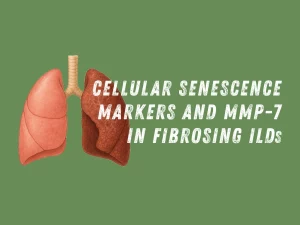
Cellular Senescence Markers and Matrix Metalloproteinase-7 Are Co-expressed in Fibrosing Interstitial Lung Diseases
Study highlights the role of cellular senescence markers (p16, p21) and MMP-7 co-expression in fibrosing interstitial lung diseases.
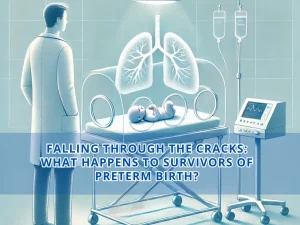
Falling through the cracks: what happens to survivors of preterm birth?
Survivors of preterm birth face increased risks of respiratory diseases, yet awareness among specialists is low. This study examines gaps in long-term care, highlighting the need for clear follow-up guidelines and improved communication between medical teams.
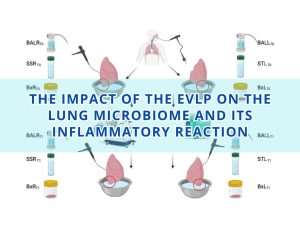
The impact of the EVLP on the lung microbiome and its inflammatory reaction
Discover the first study designed to analyze the impact of EVLP on the lung microbiome and the local inflammatory response. Understanding the composition, diversity, and functional interactions of the pulmonary microbiome in lung transplants holds promise for personalized respiratory medicine.
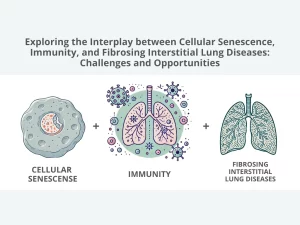
Exploring the Interplay between Cellular Senescence, Immunity, and Fibrosing Interstitial Lung Diseases: Challenges and Opportunities
Discover how cellular senescence, marked by antagonistic pleiotropy, and immune dysregulation play a detrimental role in the pathogenesis of fibrosing interstitial lung diseases (f-ILDs) and pulmonary fibrosis.
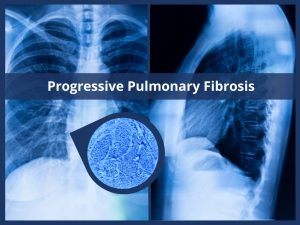
Peripheral Immune Cell Profiling Reveals Distinct Immune Hallmarks in Progressive Pulmonary Fibrosis
This study shows that patients with f-ILDs several immune populations in circulating blood, skewed toward an aged and exhausted immune profile, relate to lung function impairment at diagnosis, and that PPF is associated with an increased cytotoxic immune response.
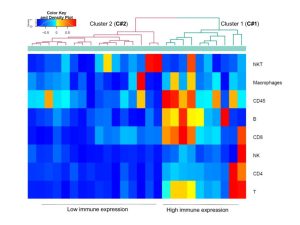
Lung immune signatures define two groups of end-stage IPF patients
To investigate it, we calculated immune signatures with Gene Set Variation Analysis (GSVA) and applied them to the lung transcriptome followed by unbiased cluster analysis of GSVA immune-enrichment scores, in 109 IPF patients from the Lung Tissue Research Consortium (LTRC)
